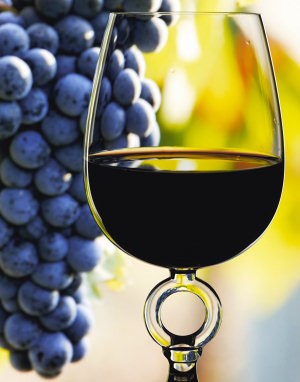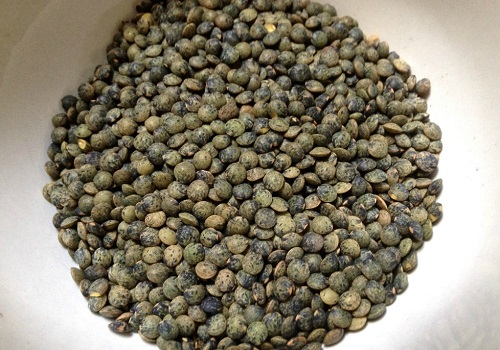This deep-red wine from the area around Cahors was once numbered among France’s most famous growths. Full-bodied wines have been pressed here since the 7th century, as demonstrated by a letter sent by the Bishop of Verdan to his colleagues in Cahors, thanking them for the noble wine they had sent.
As with their counterparts from the Bordelais, Quercy wines experienced a significant increase in popularity following the marriage of Eleanor or Aquitaine to Henry II of England. Barrels were shipped to Bordeaux on the Lot, which flows into the Garonne close to Aiguillon, and from there to England. Although the Bordelaise people were constantly contriving to prevent exports from the hinterland, Cahors had influential patrons. The high-living, belligerent monarch François I preferred it to Bordeaux and even started his own vineyard at Fontainebleau. Peter the Great swore by Cahors wine, which was said to be the only one his stomach ulcer could tolerate. Priests of the Russian Orthodox Church chose it as their sacramental wine and had it planted in the Crimea.
Around 1720, Cahors experienced its golden age with vineyards covering some 99,000 acres (40,000 hectares). Business letters dated 1729 from Berlin, Danzig and other German towns, in which traders complained about the barrels being too small, demonstrate the wine’s popularity in Germany.
As in France’s other wine regions, 100 years later the phylloxera destroyed all the vines. What was to be the wine’s ultimate undoing, however, was the misjudgment of the phylloxera-resistent root-stock, which proved to be too early and vigorous for the indigenous Cot, also known as the Malbec or Auxerrois, and has a strong tendency to rot. After World War I, during the time of mass-produced wine, the black Cahors almost sank into obscurity, only to experience a renaissance at the end of the fifties. Now it is back on our tables, the inky coloured wine with the intensive aromas of berries, licorice and spice, a full-bodied wine with distinct but noble tannins and right credentials for prolonged aging.











